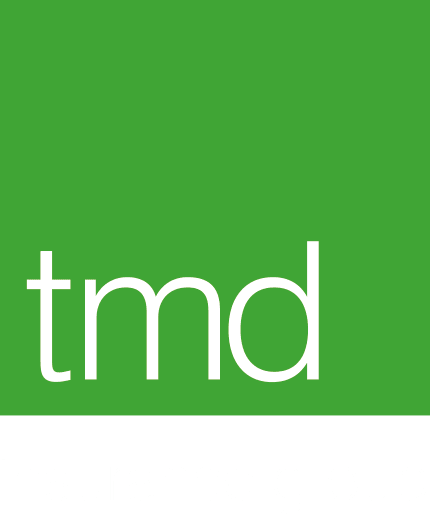A Business Continuity Plan will help you prepare for the worst

A Business Continuity Plan will help your company bounce back after a major disruption, such as a flood, fire or cyberattack, providing a step by step guide as to what you should do to prevent the risks that could lead to your business closing down.
The advice is for all companies to have a Business Continuity Plan (BCP). But what exactly is one and how do you put it in place? Here, we look at what to include and some basic steps to follow.
What is a Business Continuity Plan?
A BCP is a document that you put together detailing the critical information your organisation needs to continue operating during an unplanned event. It identifies which systems and processes must be sustained, with details of how to maintain them, helping to eliminate confusion and provide a clear blueprint for what everyone should do.
Why do you need one?
Having a BCP in place will help your business to survive a major event, enabling you to rebuild and continue operating. For example, you can plan timescales to get your IT back on track; coordinate an emergency response in the event of a dangerous event, such as fire or flood; or in cases of infrastructure damage or destruction, have a plan to relocate or rebuild as quickly as possible. It also sends out a powerful message to your customers, reassuring them they will not be undersupplied despite the disruption.
Who should be involved in creating your BCP?
The owner or Managing Director should ideally create the plan, utilising the knowledge and experience of people fundamental to the operation of your business. This includes directors, key personnel or employees, who have experience and knowledge of:
- How your business manufactures its products and/or
- How your business provides its service
- Key service providers
- The regulations associated with providing your services
- Key supply processes your business depends on
- Product distribution processes.
Key processes and impact
You should list your key business processes, such as production services, IT infrastructure, stock, accounting, HR, marketing and sales, and the potential consequences if they are disrupted. Impacts could include loss of sales and income, increased expenses, decrease in customer loyalty, delayed service delivery, poor product quality and regulatory lines.
Key resources
You should list the key resources on which your company relies, such as
- key staff (employees your business can’t function without
- external contacts (people outside your business key to its operation)
- data, equipment & supplies (databases, machinery, technology, software, passwords, materials required to make products)
- business documents (bank info, HR docs, legal papers, tax returns, utility bills)
Contingency planning
You should always have a contingency plan to help your business keep running, detailing contingency equipment (alternative equipment if current equipment is destroyed) and a contingency location (an alternative location if your premises are unavailable).
Costs
Also, look at the different areas where you might need to spend money, including:
- Relocation: Would you need a removal service? Would you need premises where your equipment can fit, there is good road access and access for customers? Time taken to set up a new office, collate documents, carry out risk assessment and connect power can also impact on costs.
- Furniture and Equipment: will you need to buy or rent desks, chairs, mobile phones and laptops? Can your team work from home? If you already have spare items in storage, it could help to lower costs.
- Stock, staff, suppliers, maintaining the business: will you need to replace stock (important if you’re a retailer) and will staff have to travel further to your new location? If you already have backup servers and devices such as laptops and smartphones, it will save time and money. It can also be a good idea to have an external storage facility where you can keep key docs and company info safe.
- Insurance claims: Does your insurance policy cover you for replacing damaged equipment and repairing property, or for business disruption, allowing you to claim back loss of earnings?
Finalising your plan
You should now be able to create step-by-step instructions on how to execute your BCP. List the names and responsibilities of key people involved and file all the information together as one plan. Make copies for your continuity team and keep them in an off-site location.
Regular reviews
Review your plan regularly, at least once a year, to make sure it’s up to date and fit for purpose, as risks can develop and change quickly. Always review if there are changes to the business, such as new location, products, services or equipment; and changes to people, such as staff changes, promotion, new responsibilities and new suppliers. Redistribute the new plan and discard outdated versions.
TMD - our business is your protection
We hope the above proves useful, as it always pays to plan ahead and be prepared should the worst happen. Of course, having appropriate insurance in place goes without saying, and we always advise regularly reviewing your policy to ensure you have the right cover in place.
We are happy to advise on your insurance requirements, ensuring you are protected in the event of a major event occurring and helping you to get back on your feet as quickly as possible, and also advising on Business Interruption cover, protecting you against loss of earnings. To discuss your business insurance, please give us a call on 01992 703 000 or email insurance@mcdonaghs.co.uk

